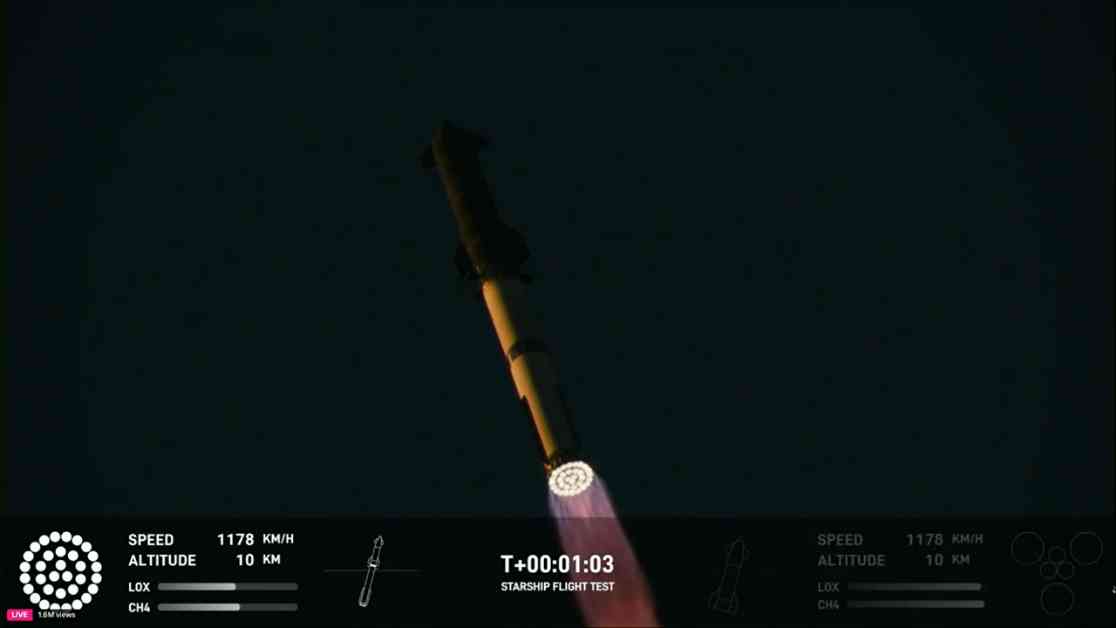SpaceX made history on Sunday with the successful landing of its Starship rocket using mechanical arms. The massive rocket, standing at nearly 400 feet tall, took off from Texas and made its way over the Gulf of Mexico. This test flight was a significant milestone for SpaceX, as previous attempts had resulted in the destruction of the Starships.
Elon Musk, the CEO of SpaceX, decided to up the challenge this time by attempting to land the first-stage booster back at the launch pad with the help of mechanical arms called chopsticks. The successful landing was met with excitement and awe from the SpaceX team, with Dan Huot calling it a day for the engineering history books.
The decision to attempt the landing was made in real time by the flight director, who had to ensure that both the booster and the launch tower were in good condition for the catch to be successful. Once the booster was released, the spacecraft continued its journey around the world, aiming for a controlled splashdown in the Indian Ocean.
SpaceX’s ability to recover and reuse the first-stage boosters of its Falcon 9 rockets has been a game-changer for the company, allowing for faster launch rates and significant cost savings. Musk has similar plans for the Starship rocket, which has the potential to revolutionize space travel with its capabilities.
NASA has already ordered two Starships for future missions to the moon, highlighting the confidence in SpaceX’s technology. The ultimate goal for SpaceX is to use the Starship to send astronauts and supplies to the moon and eventually to Mars.
The successful landing of the Starship rocket marks a significant milestone for SpaceX and the future of space exploration. With each successful test flight, SpaceX is getting one step closer to achieving its ambitious goals of making space travel more accessible and cost-effective.


